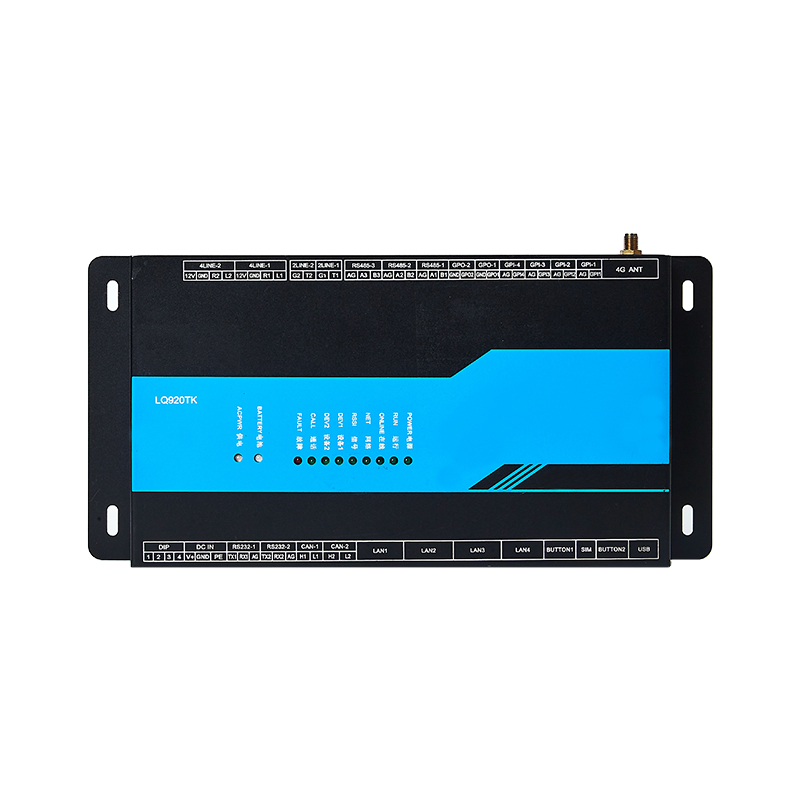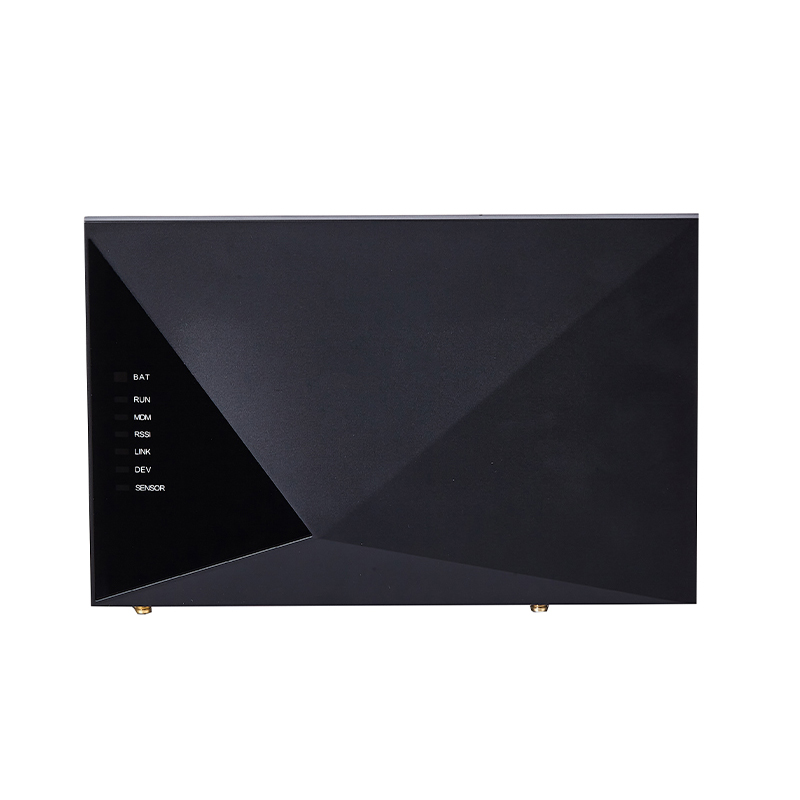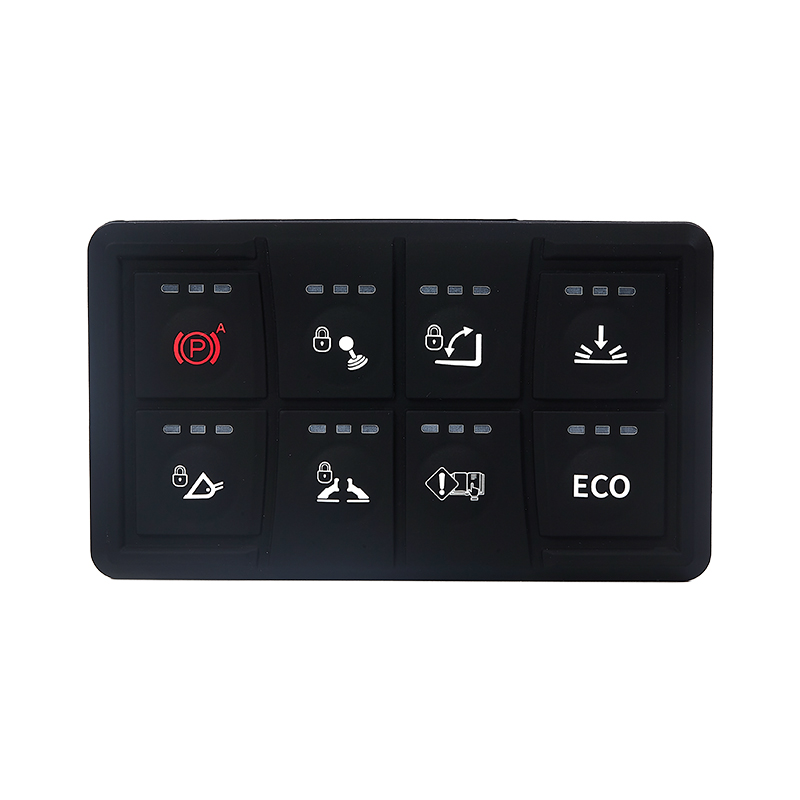How does an IoT gateway optimize the balance between energy consumption and performance in low-power wide area network scenarios?
Release Time : 2025-09-17
In low-power wide-area network (LPWAN) scenarios, IoT gateways must leverage multiple technologies to achieve a balance between energy consumption and performance. On the hardware level, selecting low-power chips is fundamental. For example, a microcontroller with multi-level sleep modes can reduce power consumption to microamperes during idle periods. Dynamic voltage scaling technology adjusts the chip's operating voltage in real time based on the workload to avoid continuous high-power operation. Furthermore, the design of the RF front-end must balance sensitivity and transmission efficiency, employing highly selective filters to reduce signal interference and minimize energy consumption caused by retransmissions.
Optimizing communication protocols is a key approach to reducing energy consumption. LPWAN technologies such as LoRaWAN implement differentiated power management through three device operating modes: Class A utilizes an on-demand wake-up mechanism, where the terminal only briefly opens a receive window after sending data, making it suitable for periodic reporting scenarios. Class B balances latency and power consumption by scheduling receive slots. Class C is suitable for continuously listening, mains-powered devices. IoT gateways need to dynamically assign operating modes to terminal devices based on the application scenario. For example, in smart metering scenarios, water and electricity meters should be prioritized for Class A mode to extend battery life to over five years.
Optimizing data transmission strategies can significantly reduce communication energy consumption. Data compression algorithms can be used to reduce transmission overhead. For example, differential encoding is implemented for periodic data such as temperature and humidity, transmitting only the changed value rather than the original data. The introduction of edge computing technology further reduces cloud-to-cloud transmission requirements. Gateways can perform local data preprocessing, such as filtering invalid data and aggregating multi-sensor information, to upload only key results to the cloud. For example, in industrial equipment monitoring, gateways can analyze vibration sensor data in real time, triggering alarms and uploading complete data packets only when an anomaly is detected, avoiding the continuous transmission of raw waveform data.
Dynamic adjustments to network topology can improve transmission efficiency and reduce energy consumption. IoT gateways can automatically optimize signal coverage based on terminal density, reducing transmit power in densely populated areas to minimize interference and boosting signal strength in remote areas to ensure connection stability. A multi-gateway coordination mechanism enables load balancing. When the number of terminals connected to a gateway exceeds a threshold, some terminals are automatically switched to neighboring gateways, avoiding performance degradation and increased energy consumption caused by single-point overload.
The integration of energy harvesting technologies provides gateways with a sustainable energy supply solution. In outdoor scenarios with ample sunlight, gateways can integrate solar panels to convert sunlight into electricity and store it in supercapacitors, ensuring continuous operation. In industrial environments with frequent vibrations, such as bridge monitoring or mechanical manufacturing, gateways can use piezoelectric materials to convert mechanical vibrations into electricity, extending battery replacement cycles.
The design of security mechanisms must balance energy consumption and protection strength. Lightweight encryption algorithms such as AES-128 ensure data transmission security without significantly increasing the computing load, while device authentication mechanisms based on dynamic certificates prevent access by counterfeit terminals, minimizing the risk of retransmissions or data leakage caused by security vulnerabilities. Furthermore, IoT gateways must support remote firmware upgrades, using differential update technology to transmit only the modified parts, reducing energy consumption and bandwidth usage during the upgrade process.
In actual applications, gateway deployment strategies must be customized based on the specific scenarios. In smart agriculture scenarios, gateways can be installed high in the center of farmland, using directional antennas to cover sensor nodes within a radius of several kilometers. Solar power and a low-power sleep mode ensure years of maintenance-free operation. In smart city scenarios, gateways must support multi-band and multi-protocol access, be compatible with heterogeneous networks such as LoRa and NB-IoT, and use intelligent routing algorithms to select the optimal transmission path, ensuring low latency and high reliability while reducing overall energy consumption.







